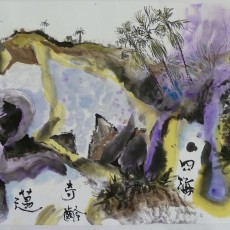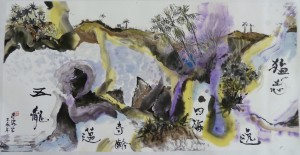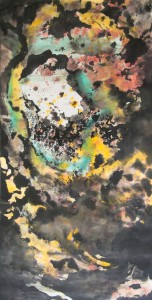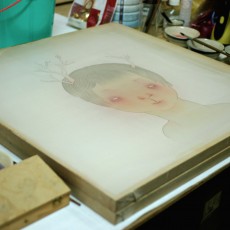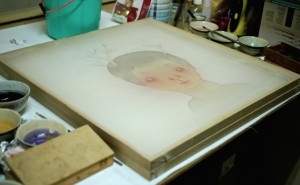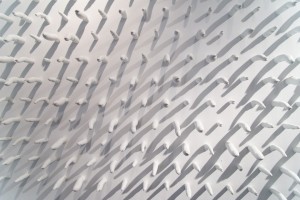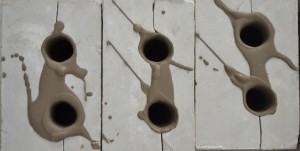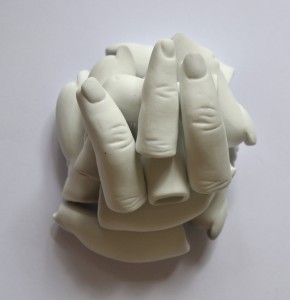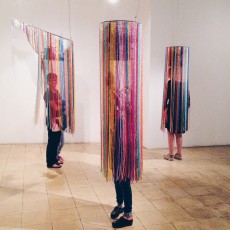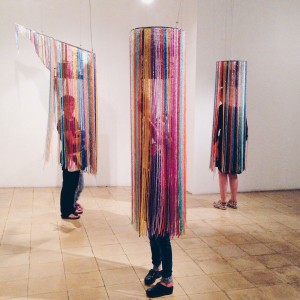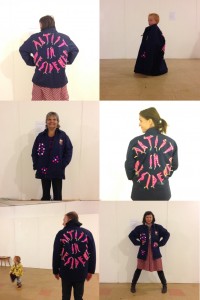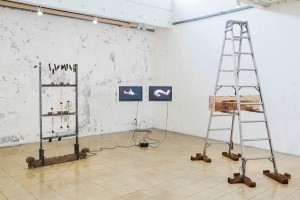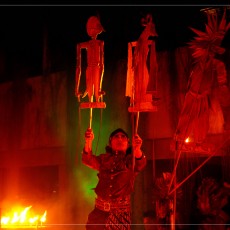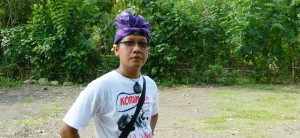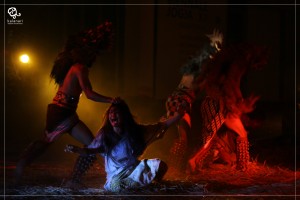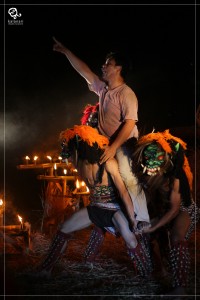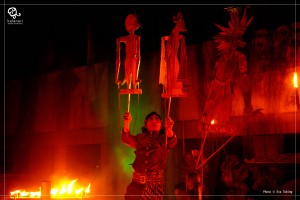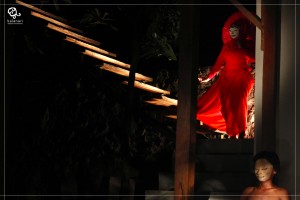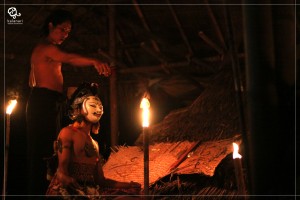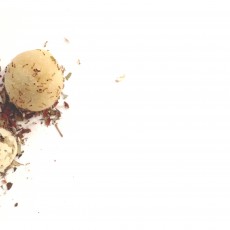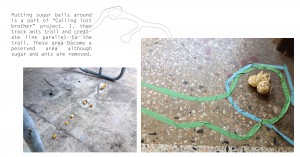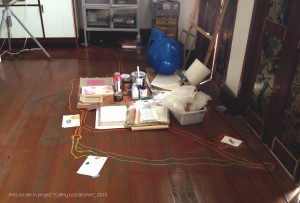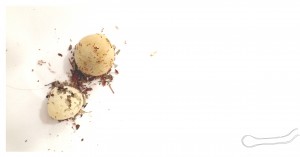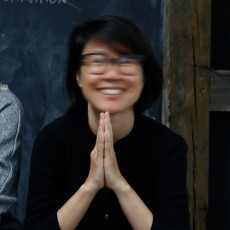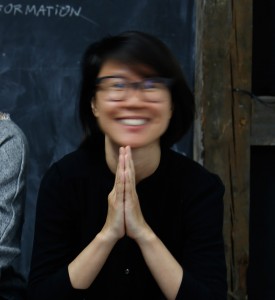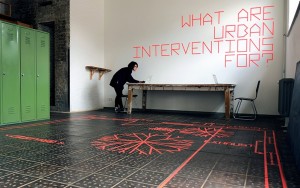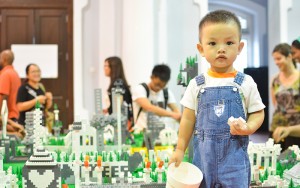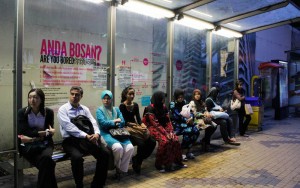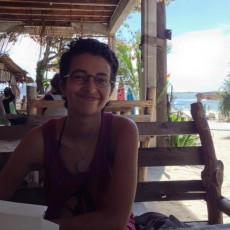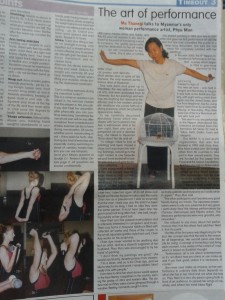Si Jie Loo is a multi-disciplinary artist who is interested in capturing the spirit of humanity, primarily with Chinese Ink. She graduated from Dartmouth College in New Hampshire, USA with an honors in Studio Art and has since lived and worked in both US and Malaysia. As an artist in the diaspora, she is constantly on the move between places, cultures, music genres and languages. She inks down captivating people, musicians, dancers and nature during her travels, most recently the Tibetan plateau and the Silk Road in Northeast China. She calls this body of work INKounters and further develops larger abstract paintings that convey that essence in another series INKnovations.
Her spontaneous and dynamic strokes are generated from her ever-wandering eyes and ready-to-go ink brush and paper in her pocket. Behind the scenes, she eagerly search for inspirations, whether it is from traveling, reading, calligraphy, visits at the museums and art galleries, music, drum or dance sessions, concerts, and/or art residencies.
Si Jie hopes to use this residency to ask questions such as: What’s the future of Chinese Ink Painting? If it were an important Nanyang (Southeast Asian) heritage and legacy, how can it blossom and grow beyond the Malaysian Chinese art circle? How can she innovate within a tradition that has once inspired the likes of Van Gogh and Paul Gauguin? How can she expand the medium’s limitations by collaborating with other artists of dance, music and theater background?
Southeast Asia is an exciting hub of trades and inter-cultural exchange. Its tropical colors and wide array of craft and folk arts were subjects of studies for many foreign scholars and local artists. Si Jie wishes to immerse herself at her residency at Rimbun Dahan, to share her understanding of the new and the old based on her own cultural roots that she re-discovered upon returning from abroad, thereby expanding her repertoire to a contemporary Malaysia that she and many other artists aspire to shape.
Si Jie’s work can be found online at her website. Footage of her painting processes and interviews can be found on her YouTube channel. She has also posted her residency statement of purpose in full here. Si Jie will be a resident artist at Rimbun Dahan from October to December.



